A creamy white eyed cicada from Morton Grove by Judy Thorpe:

And…
A true-blue eyed cicada from Western Springs by Matt Weiss:

A creamy white eyed cicada from Morton Grove by Judy Thorpe:

And…
A true-blue eyed cicada from Western Springs by Matt Weiss:

Here’s a white eyed cicada from Grayson Martin.

This entry was submitted by Elias Bonaros and Barbara Rzeszutek, taken in Deerfield, IL:
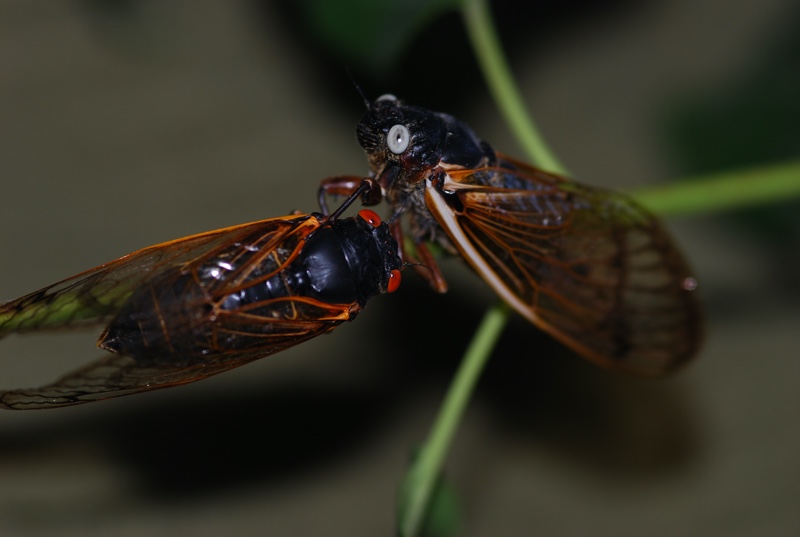
This entry was submitted by Chris Owen, taken at Lemon Lake County Park in Cedar lake, IN:

Here’s 3 Cicada Contest winners.
Jen Swofford in Highland Park, IL:

Mark Muto in North Riverside, IL:
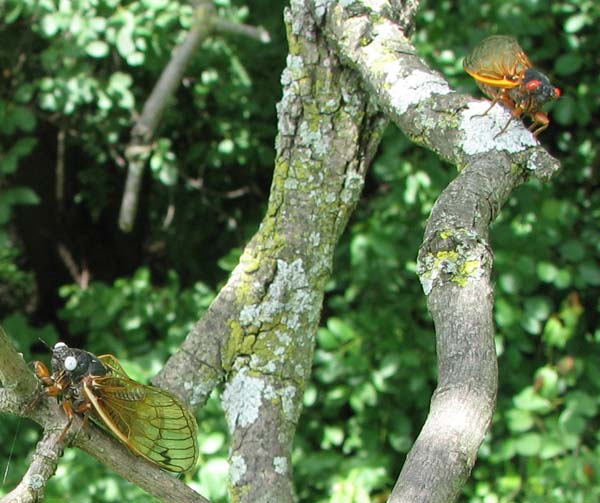
Sonja Kassebaum of Gurnee, IL:
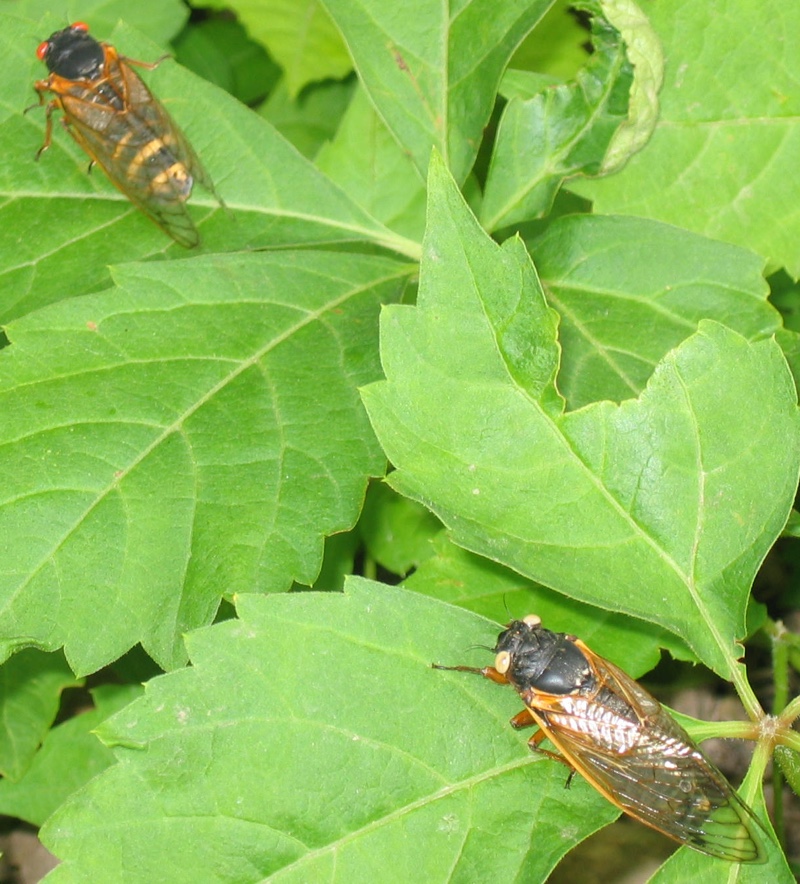

Paula King’s son found this cicada in Villa Park, IL. In the picture they eyes are white, but Paula observed that the eye color would actually vacillate between blue and white over the course of time. That’s an important observation.
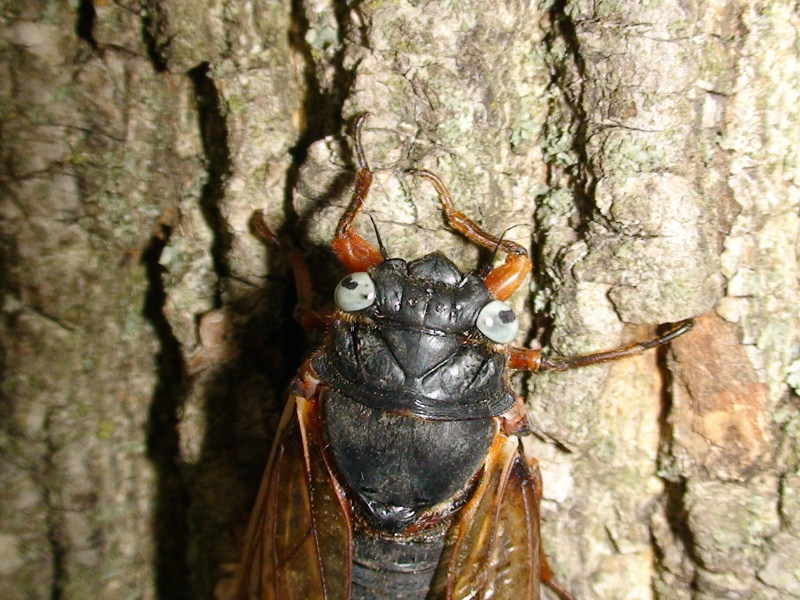
Here’s another picture from Paula of a cicada with mustard colored eyes:
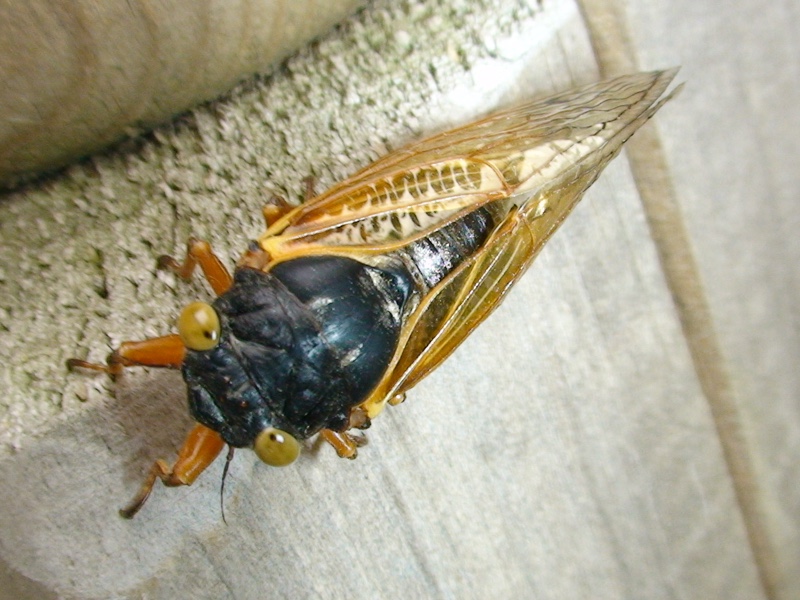
This photos of a blue-eyed Magicicada was taken by Maria Wagner in Downers Grove, IL.

Here’s a great photo of a gray eyed cicada found in Glenview, IL by Matt Bergquist and photographed by James Planey.

They’re very rare, but some Magicicadas can have blue or white eyes. Take a picture if you find one! Besides red, orange, white and blue, you might also find a magicicada with cream, yellow or tan eyes.
Can you guess why the Cicada Killer Wasp is called a cicada killer? They’re big wasps, but they’d rather sting a cicada than you. Read more about the Cicada Killer Wasp.
Whether they’re in the ground on a root, or on a tree limb, cicadas drink tree fluids called xylem sap to stay nourished. They drink they fluid using their beak, also called a rostrum — it looks like a straw!
Even though the maps at the top of the page might suggest there are Magicicadas in your area, you might not find them on your property.
Here’s some reasons why:
If none turn up in your yard, don’t give up hope:
They’re out there, you just might have to travel a bit to see them.